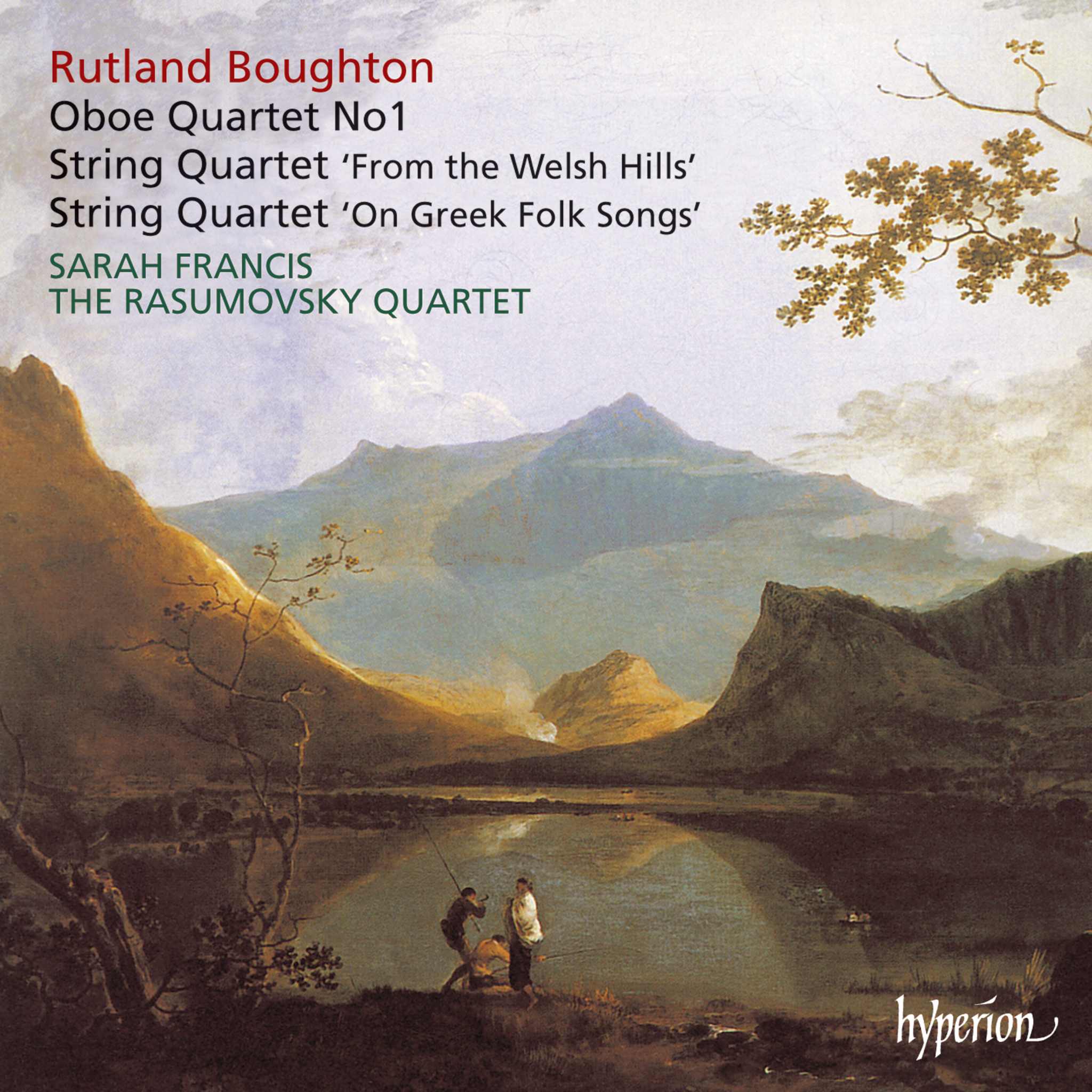Album insights
Many young Russian composers were stunned when Alfred Schnittke unexpectedly shifted towards a more conventional style in the early 1970s, deviating from his previous radical avant-garde approach. This transition, though challenging to accept, reflected the prevailing disillusionment with structuralism and complexity, embracing a trend towards a newfound simplicity. Despite initial resistance, Schnittke gained a surge of new admirers during that time, propelling his music to new heights of recognition and popularity.
One of the seminal pieces embodying Schnittke's evolving style was the Concerto for Mixed Choir (1984/85). Premiered on June 9, 1986, at the State Pushkin Museum of Fine Arts in Moscow, this composition was performed by the State Chamber Choir conducted by Valery Polyansky. Drawing inspiration from the third chapter of the "Book of Lamentations" by the Armenian monk Grigor Narekatsi (951-1003), translated into Russian by Naum Grebnev, Schnittke integrated spiritual themes into his music, reflecting a profound shift in his creative direction.
Schnittke's deep interest in religion and spirituality was well-known, a subject of particular significance in Soviet Russia where such expression was often restricted. Through works like his Catholic Requiem in 1975 and subsequent compositions, including the Fourth Symphony, Schnittke embarked on a poignant exploration of his religious quest, blending elements of Jewish, Orthodox, Protestant, and Catholic music in a unique amalgamation.
In the Concerto for Mixed Choir, Schnittke subtly weaves echoes of ancient Armenian choral traditions alongside influences from 18th-century Russian choral music, evoking composers like Dmitri Bortniansky and Maxim Berezovsky. Each of the composition's four movements corresponds to specific themes within the referenced chapter, delving into expressions of praise, hope, and prayer, while maintaining a delicate balance between simplicity and Schnittke's distinctive musical language.
Despite its apparent simplicity grounded in traditional harmonies and melodic structures of Russian Orthodox music, the Concerto reveals intricacies characteristic of Schnittke's style upon closer examination. Through meticulous attention to detail, Schnittke's music unfolds with nuanced variations, showcasing a microcosm of his personal musical vocabulary in its purest form.
The Minstrelsy (1980/81) by Schnittke, a chorus piece for fifty-two voices based on German minstrel texts, highlights a departure from conventional choral composition through the reinterpretation of medieval lyrical traditions. Magnetized by the depth and expression of German minstrel songs, Schnittke's meticulous treatment of these texts culminated in a meticulously crafted mosaic of melodic lines, reflecting a profound connection to the artistic heritage of courtly love and monophonic song practiced by minstrels.
In exploring the German minstrel tradition, Schnittke's Minstrelsy beckoned a transformative blending of ancient texts with modern expression, fostering a conjugation of past and present musical languages into a harmonious whole. Through strategic textual placement and a deliberate deviation from conventional choral settings, Schnittke sought to evoke a transcendent ritualistic experience, transcending linguistic boundaries to evoke a purely emotional response from the audience.
Schnittke's creative journey, marked by a profound intersection of tradition and innovation, resonates through works like the Voices of Nature (Golosa prirodi) and the Minstrelsy, illuminating his masterful ability to infuse historical inspiration with contemporary sensibilities. Across these compositions, Schnittke's keen exploration of melody, harmony, and textuality reveals a transformative artistic vision, encapsulating profound narratives within the intricate tapestries of his musical landscapes.





